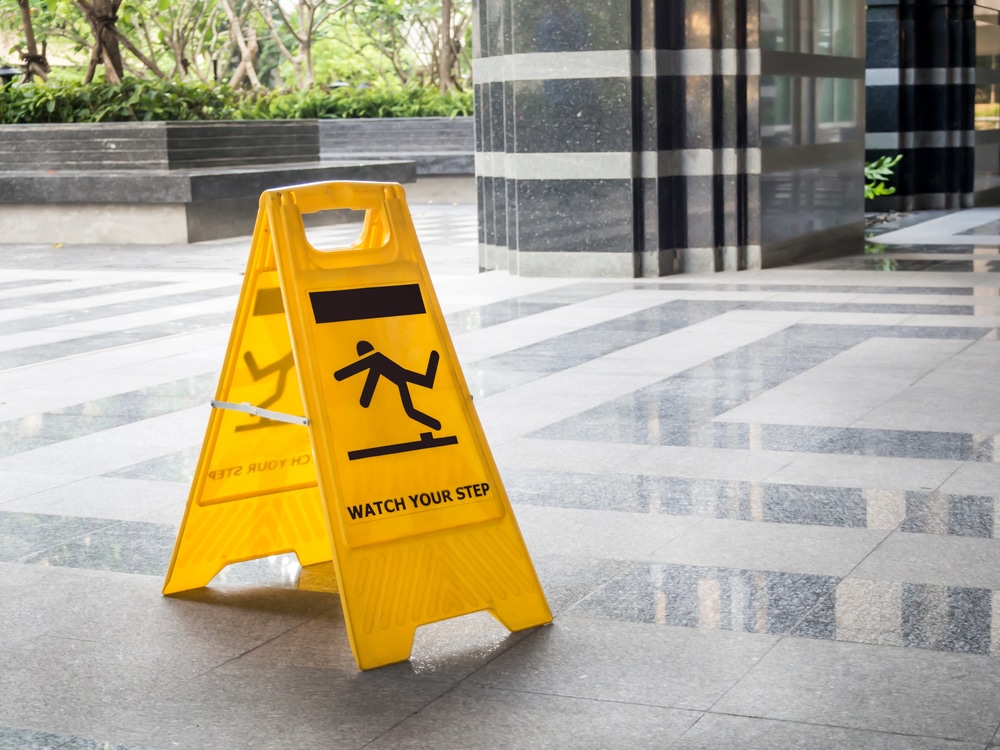If you have been injured from some sort of slip and fall accident, it is possible that the fault lies with the property owner. If you are able to make the case and prove that it was their fault (due to their neglect of maintaining safe property), then you could end up with some compensation for your injury and the residual medical bills. Of course, if you’re not able to prove your case, you won’t be able to be compensated. Let’s look at how exactly to prove fault in a slip and fall case.
It’s all about liability
First of all, you better think about what happened in detail. Ask yourself a few important questions. For example, why did you fall? Was there something slippery on the ground without any signage to warn you? Was it something that wouldn’t be noticed or expected by the average person? Or did you simply not see something that could be dangerous but needs to be there due to its usefulness (such as a drainage grate)? If the latter is the case, you will have a hard time proving the property owner was liable for your injury.
Try and keep in mind the fact that, for someone to be liable, it needs to be within the bounds of reasonable expectations. For example, if the property owner or an employee spilled something, broke something, or simply allowed dangerous materials to be where they are underfoot and unexpected, they are probably liable for that. The key is that they knew about it, but didn’t do anything about it. This is considered negligence. A “reasonable” property owner or employee who knew about it would have taken care of it, so if they didn’t, then they directly put you in danger (at least in the eyes of the law).
Other factors that come into play include poor lighting, lack of cleaning or regular maintenance, an object being out of place or in a location that isn’t practical or useful. If there could or should have been some sort of warning placed in front of the hazard (and there wasn’t), that also increases the likelihood that the property owner can be proven to be liable.
Are you at fault?
Don’t forget to consider your own actions in the situation. Were you being careless when the accident occurred? How reasonable were your actions overall? Did you go anywhere that you shouldn’t have gone, or was it within a reasonable realm of actions? It might be frustrating to have to answer these questions after a traumatic slip and fall situation, but unfortunately, you’re going to be asked these same questions if you file a lawsuit, so it’s best to be prepared.
You don’t have to be extremely careful wherever you go, but as long as you weren’t doing something that is clearly compromising your awareness or safety (such as running, jumping, messing around, staring down at your phone rather than looking around, and so on).
The Villarreal & Begum, LAW GUNS dedicates their time and effort towards helping people in Texas find justice for personal negligence encountered while living their normal, everyday lives.





